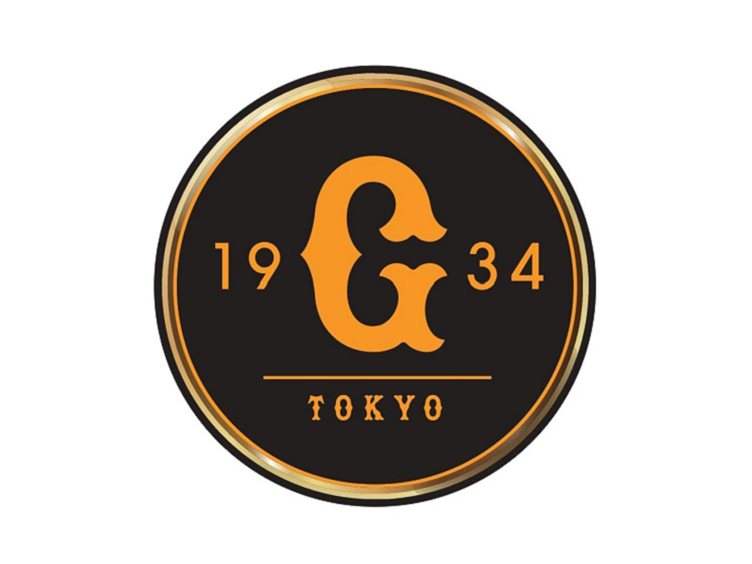History of Tokyo Dome (~2005)
Third Period: Transformational Period 1965-1987
Column 03: Theaters that supported drama and records
![[Photo]](/dome/baseball/fan_information/history/3/img/img_column_001.jpg)
Shigeo Nagashima's retirement ceremony
With the development of television, Japanese professional Baseball has become the king of entertainment.
In 1965, the Toei Flyers (formerly the Nittaku Home Flyers, and now the Nippon-Ham Fighters) established Korakuen as their franchise.
Also in 1940, Japanese professional Baseball entered a golden age. This was the beginning of the Giants' "V9" streak. To support the Giants' feat, Korakuen also created an environment befitting the stage. In 1941, the infield diamond was converted to grass. Many fans love Korakuen from this era. With the infield replaced with grass, Korakuen took on a chic atmosphere similar to that of a major league baseball stadium. It was brighter than a dirt field, and created an atmosphere in which baseball could be enjoyed.
In this stadium, reminiscent of the major leagues, the Giants boasted unrivaled strength and set numerous records. In 1969, the great pitcher Masaichi Kaneda achieved 400 career wins, an unprecedented feat for a Japanese player. At the moment he achieved this record, Kaneda clasped both hands together on his hat to quietly express his joy.
However, perhaps the most theatrical moment at Korakuen was on October 14, 1974. It was the retirement game of "Mr. Giants," Shigeo Nagashima. After the first game of the double-header, Nagashima walked around the field and gave his final farewell to the fans gathered at Korakuen. As the sun sank in the west, Nagashima was left standing alone on the pitcher's mound.
"Our giant army will be immortal forever."
The fans gathered at Korakuen were in tears.
Then, in 1976, Nagashima's second year as manager, Korakuen Stadium was the first in Japan to install artificial turf, which led to an emphasis on speed and changed the quality of Baseball.
Meanwhile, Oh Sadaharu was racing his way to becoming a world champion at Korakuen. On October 11, 1951, the first year of artificial turf, he hit his 715th home run, surpassing the record of baseball saint Babe Ruth, and on September 3, 1952, he hit his 756th home run, surpassing the world record held by Hank Aaron, into the right field stands at Korakuen, and the "King of the World" truly reached the pinnacle of the world.
Korakuen Stadium supported many dramatic events. However, in 1987, due to the transition to Tokyo Dome, Korakuen ceased its role. There is no other ballpark that was so missed.
![[Photo]](/dome/baseball/fan_information/history/img/thumbnail_column_001.jpg)
Jun IKUSHIMA
Born in Kesennuma, Miyagi Prefecture in 1967. Graduated from the School of Social Sciences at Waseda University. Discovered the NBA through FEN broadcasting while still a student. Began working as a sports writer in 1993, writing mainly about American Sports and sumo. His books include "NBA Wonderland" (Tokuma Shoten) and "Rugby Frontline" (Futabasha), which he co-authored.



